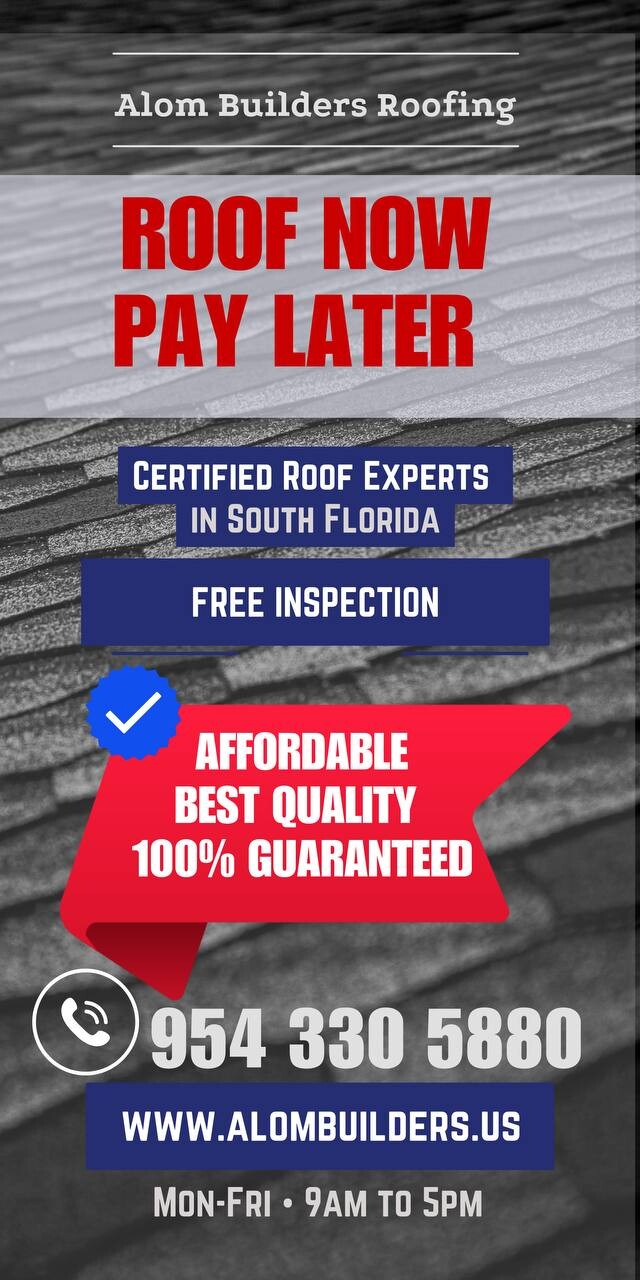[ad_1]
Rooftop Resilience: Why Metal Roofing is a Must-Have for Miami Homeowners
The Pristine City by the Bay
Miami, known as the "pristine city by the bay," boasts a subtropical climate characterized by high humidity, heat, and heavy rainfall throughout the year. As such, homeowners in this urban paradise must consider the implications of these extreme weather conditions on their property’s maintenance and durability. One significant aspect of their homes to prioritize is the roofing, which plays a crucial role in protecting the structure’s integrity and maintaining its resiliency. In a city like Miami, selecting the right roofing material has become a necessity, considering the constant threat of wear and tear caused by hurricanes, heavy rain, and intense sunlight.
Protecting Your Investment: the Importance of a Durable Roof
In Miami’s humid and rainy climate, a roof must be crafted to withstand the relentless water and wind pounding it is subjected to daily. Durability is paramount, for a roof’s lifespan may be significantly impacted by adverse weather conditions. Metal roofs, in particular, shine in this respect, outperforming traditional roofing options in terms of longevity, energy efficiency, and flexibility. With metal roofing’s impressive durability, homeowners enjoy a reduced likelihood of early replacement, fewer maintenance interruptions, and cost savings derived from reduced replacement and renovation expenses.
The Performance of Metal Roofs under Miami’s Sun
Miamians experience an endless summer, characterized by endless sunshine and temperatures often breaking the 90-degree barrier. This means that sunlight, heat, and rain are constant concerns for both homeowners and contractors. Given these conditions, metal roofing’s exceptional resistance to environmental factors is nothing short of remarkable. It is immune to the harmful effects of UV rays, which over time can degrade other common roofing materials like asphalt. Additionally, metal roofs, particularly those coated with zinc or aluminum, exhibit advanced heat-reflective technology, reducing interior temperatures up to 35°F – a significant plus for thermal comfort and energy efficiency.
[ad_2]
 +1 954-228-7485
+1 954-228-7485 